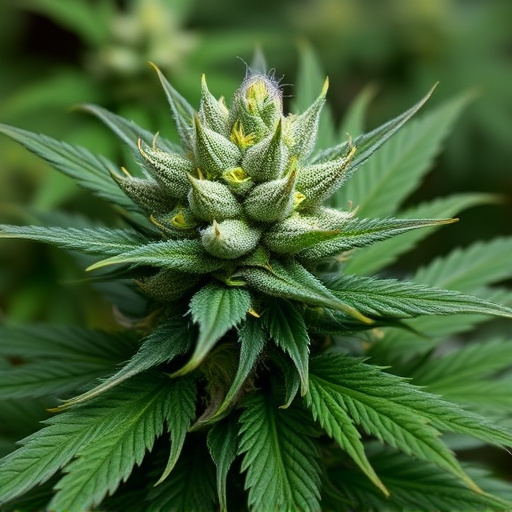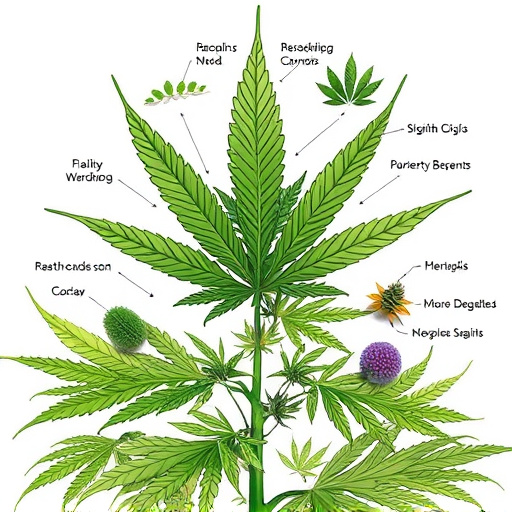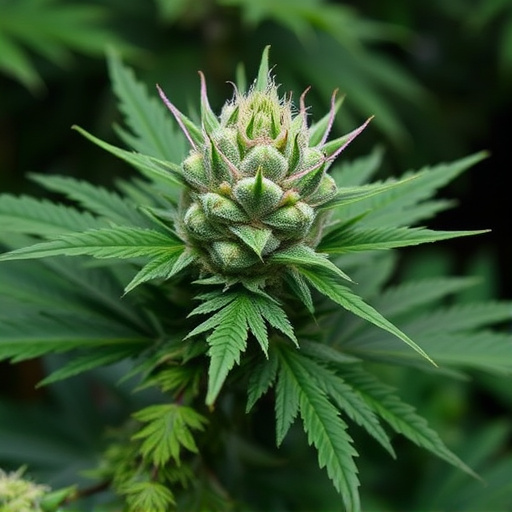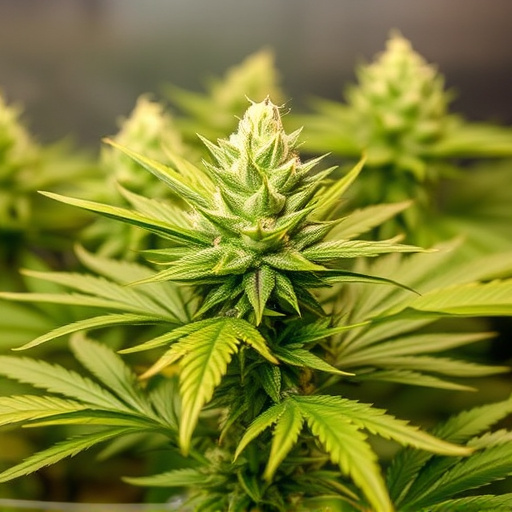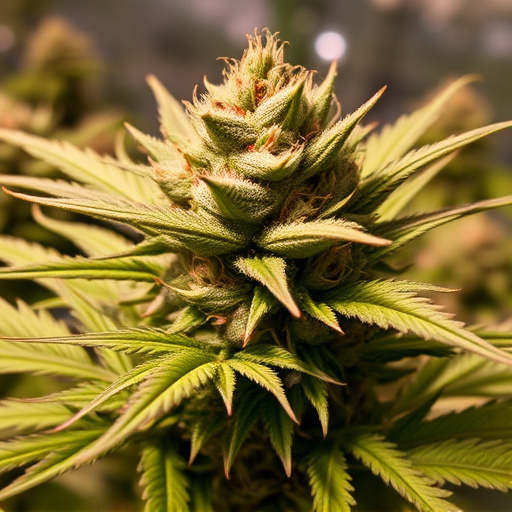As the popularity of cannabis, particularly highest yielding strains, grows, so do concerns about health risks. These potent strains may worsen mental health, cause respiratory issues, and pose cardiovascular problems. Further research is needed to understand their long-term effects. To consume safely, users should start with low doses, use tested products, avoid smoking, maintain a balanced lifestyle, and consult healthcare providers, especially those with pre-existing conditions.
In recent years, cannabis flower has gained significant attention and accessibility. However, alongside its growing popularity, concerns about potential health risks remain. This article delves into the dangers associated with cannabis consumption, focusing on both general health effects and the unique challenges posed by high-yielding strains. We explore strategies to mitigate these risks, empowering users to enjoy cannabis safely while navigating its complexities. Understanding these factors is crucial for informed decisions in today’s evolving landscape.
- Potential Health Risks Associated with Cannabis Flower Consumption
- The Impact of High-Yielding Cannabis Strains on Users
- Mitigating Risks: Strategies for Safe Cannabis Use
Potential Health Risks Associated with Cannabis Flower Consumption

The potential health risks associated with cannabis flower consumption are a growing area of concern, especially as the popularity of cannabis increases and highest yielding cannabis strains become more readily available. While many advocate for its medicinal properties, it’s important to recognize that cannabis is not without its downsides. Short-term effects can include impaired cognitive function, memory problems, and an increased risk of psychotic episodes, particularly in those with pre-existing mental health conditions.
Regular and heavy use may lead to respiratory issues due to the inhalation of smoke or vapour, as well as potential damage to the lungs. Additionally, long-term cannabis use has been linked to chronic bronchitis and obstructive pulmonary disease (OPD). Other physical risks include cardiovascular problems such as increased heart rate and blood pressure, especially during the initial periods of intake. These adverse effects highlight the need for further research into the long-term impacts of cannabis consumption, particularly in regard to its most potent varieties.
The Impact of High-Yielding Cannabis Strains on Users
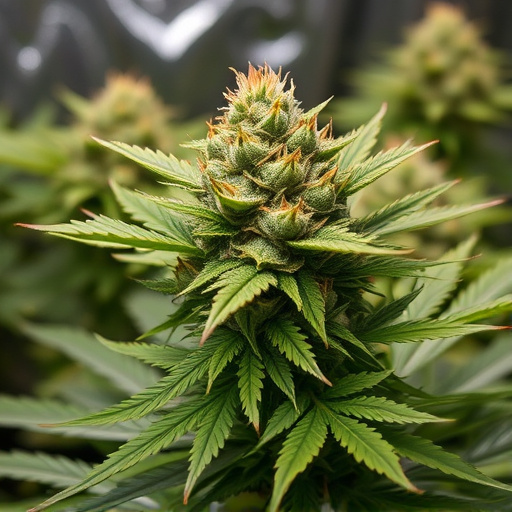
The rise in popularity of cannabis has led to a focus on cultivating high-yielding strains, promising more product per plant. While this may seem appealing, these strains come with unique risks. Research suggests that higher THC levels, often found in highest yielding cannabis strains, can exacerbate existing mental health conditions like anxiety and psychosis in predisposed individuals. Regular consumption of such potent varieties could also lead to a desensitization to cannabis’s effects, requiring larger doses to achieve the desired impact, potentially increasing the risk of negative side effects.
Furthermore, the pursuit of high yield often results in dense, compact plants that can be more susceptible to pest and disease issues, necessitating heavier use of pesticides or other chemical treatments. This not only raises environmental concerns but also poses potential health risks to consumers who may ingest residual chemicals. As with any substance, responsible consumption and understanding individual tolerance are crucial when dealing with high-yielding cannabis strains.
Mitigating Risks: Strategies for Safe Cannabis Use
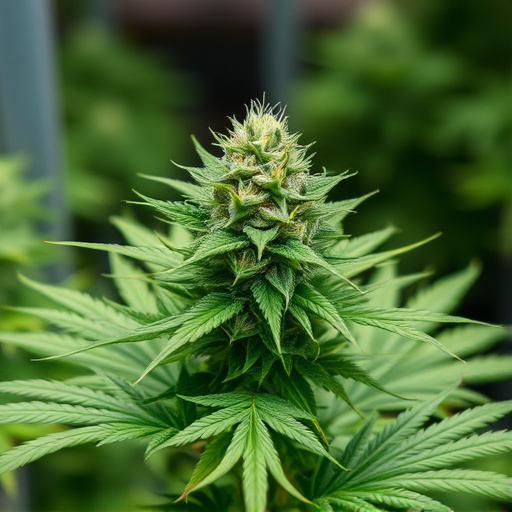
To mitigate risks associated with cannabis flower, users should employ several strategies for safe consumption. Firstly, selecting high-quality, tested products from reputable sources is paramount. Opting for the highest yielding cannabis strains often comes with higher THC content, so consumers should start with lower doses and gradually increase to avoid overwhelming their system. Educating oneself about the specific cannabinoid profile and terpenes in each strain can also help users make informed choices.
Additionally, setting a strict consumption schedule and designating cannabis-free zones in the home can limit excessive use. Utilizing vaporizers or low-heat decarboxylation methods may reduce potential health risks compared to smoking. Regular physical activity and maintaining a balanced diet can enhance overall well-being, thereby mitigating some of the negative effects of cannabis. Moreover, consulting with a healthcare provider is advisable for individuals with pre-existing conditions or those taking other medications to ensure safe integration of cannabis into their routine.
While the potential benefits of cannabis flower are well documented, it’s crucial to acknowledge and address the associated risks. The highest yielding cannabis strains, while appealing due to their potent effects, may pose unique challenges. Understanding these dangers, from potential health issues to the impact of specific strains, is essential for making informed decisions. By adopting safe use strategies outlined in this article, individuals can minimize risks and enjoy a more controlled experience. Responsible consumption and awareness are key to navigating the modern cannabis landscape.






